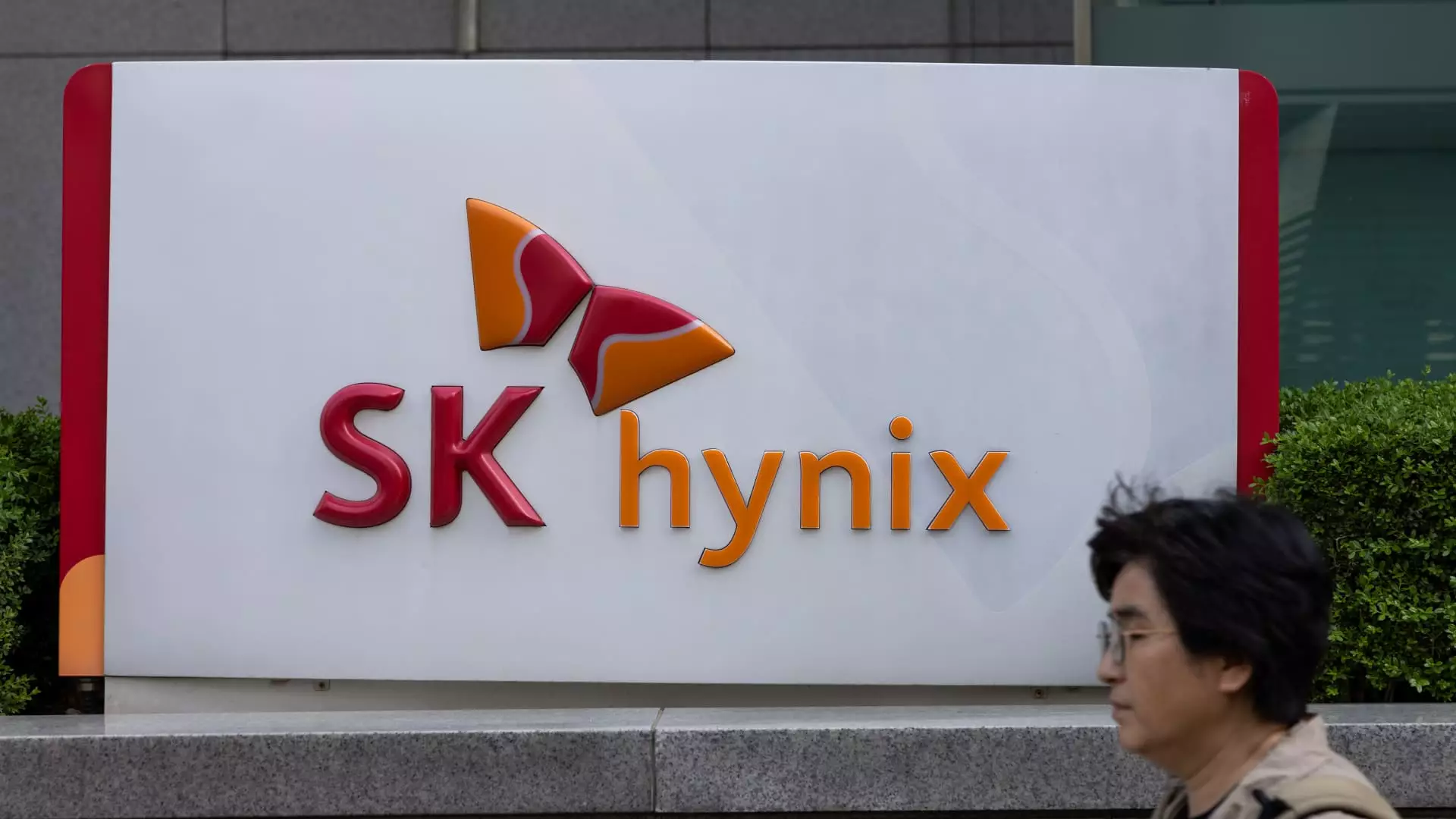In a surprising turnaround, South Korean memory chipmaker SK Hynix reported a net profit of 1.92 trillion South Korean won ($1.39 billion) in the first quarter, marking a significant shift from the loss of 2.58 trillion won in the same period a year ago. This positive income was a welcome change after five consecutive quarters of net losses due to a slump in the memory chip market.
Factors Contributing to SK Hynix’s Success
The boost in revenue, which stood at 12.43 trillion won in the first quarter, can be attributed to an increase in the sales of AI server products supported by SK Hynix’s leadership in AI memory technology, particularly high-bandwidth memory. The demand for AI chipsets, driven by large language models like ChatGPT, has created a surge in the high-end memory chip market, benefiting companies like SK Hynix and Samsung Electronics.
To meet the growing demand for AI memory, SK Hynix has outlined plans to increase the supply of HBM3E, the latest generation of high-bandwidth memory. Additionally, the introduction of 32GB Double Data Rate 5 products this year will strengthen the company’s position in the high-capacity server DRAM market. The firm’s Chief Financial Officer, Kim Woohyun, emphasized the commitment to providing top-performing products at the right time to drive profitability.
Looking ahead, SK Hynix anticipates steady growth in the overall memory market, driven by rising demand for AI memory. The firm also expects the conventional DRAM market to recover from the second half of 2024. Recent announcements, including plans to build a new fab in South Korea by November 2025, demonstrate SK Hynix’s proactive approach to meeting the demand for next-generation DRAM and high-bandwidth memory. The partnership with TSMC for the production of HBM4 chips and next-generation packaging technology is another strategic move to leverage leading-edge processes and capture market opportunities.
Challenges and Opportunities
Despite the positive developments, challenges such as inflation and consumer spending trends pose risks to the memory chip market. Companies like SK Hynix have had to adjust production levels to address excess inventories and fluctuating demand. The recent decline in SK Hynix shares, albeit a small setback, underscores the volatility of the semiconductor industry. However, with a long-term investment plan exceeding 20 trillion won, SK Hynix is well-positioned to capitalize on the growing demand for AI chips and maintain its competitive edge.
SK Hynix’s resurgence in the memory chip market signals a promising trajectory for the company amid the evolving landscape of AI technology and semiconductor industry trends. By focusing on innovation, strategic partnerships, and responsiveness to market dynamics, SK Hynix is paving the way for sustained growth and profitability in the competitive memory chip market.


Leave a Reply